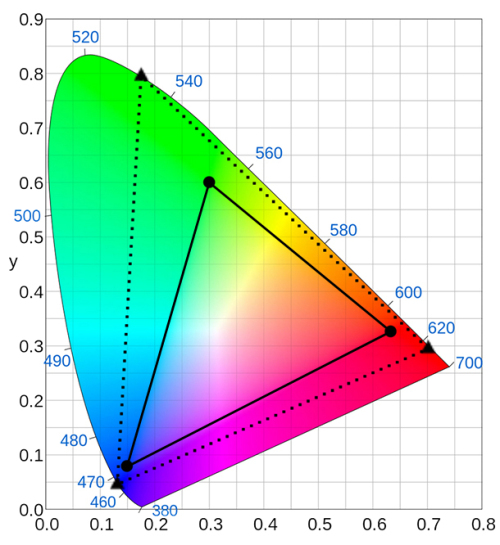Next-Generation Video Transcoding
Alternatives to H.265
Interesting alternatives to H.265 are VP8 and VP9, the royalty-free codecs from Google. In 2010, Google launched an experimental version of YouTube that used the built-in multimedia capabilities of HTML5-based apps to stream videos. Consequently, the WebM Project was assembled and tasked with developing a new format for video and audio compression. Their work resulted in VP8, an open-source alternative to existing video standards.
VP8 is a high-performance codec aimed at bringing high-quality video content and experiences to web-connected devices. Hardware support for VP8 enables real-time transcoding of high definition video, as well as real-time multi-stream transcoding between devices, allowing consumers to experience HD content anywhere on any device.
More recently, Google released the royalty-free VP9 format, aiming to reduce the bitrate by half compared to VP8 while having the same video quality. For many mobile devices, initial support for VP9 will largely be based on software solutions before specialized video hardware will become available.
ITU-R BT.2020: 10-bit colors become the norm
The recently announced standard for 4K (and, believe it or not, 8K) TV called ITU-R BT.2020 makes recommendations for a wider selection of colors and increased bit-depth, which will result in noticeably better pictures on TV. Although BT.2020 is still under development, the advantages it offers will drive a fast, widespread adoption of 10-bit colors in the 4K TV and HEVC space.

Fig. 5 ITU-R recommendations for H.265 codecs at 4K and 8K resolutions
According to ITU-R BT.1361 and BT.2020 recommendations, H.265 (HEVC) transcoding at 4K resolutions mandates 10-bit color.



















